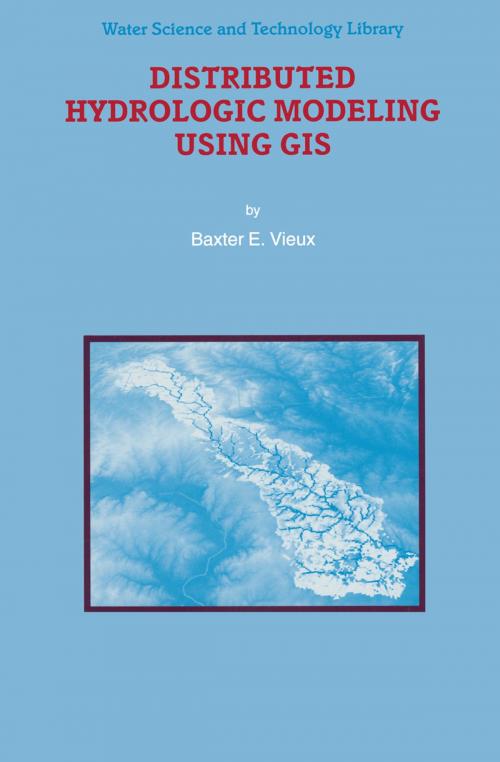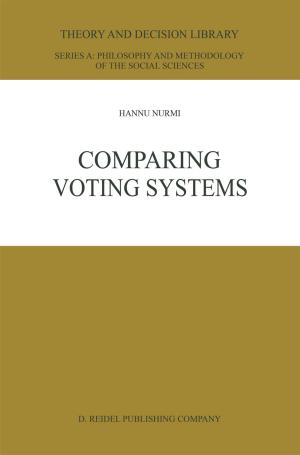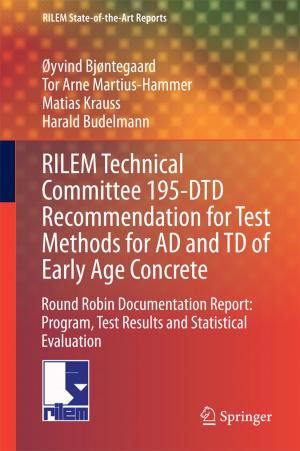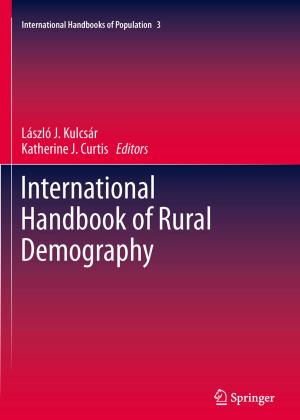Distributed Hydrologic Modeling Using GIS
Nonfiction, Science & Nature, Science, Earth Sciences, Geography| Author: | Baxter E. Vieux | ISBN: | 9789401597104 |
| Publisher: | Springer Netherlands | Publication: | March 14, 2013 |
| Imprint: | Springer | Language: | English |
| Author: | Baxter E. Vieux |
| ISBN: | 9789401597104 |
| Publisher: | Springer Netherlands |
| Publication: | March 14, 2013 |
| Imprint: | Springer |
| Language: | English |
During ten years serving with the USDA Soil Conservation Service (SCS), now known as the Natural Resources Conservation Service (NRCS), I became amazed at how millions of dollars in contract monies were spent based on simplistic hydrologic models. As project engineer in western Kansas, I was responsible for building flood control dams (authorized under Public Law 566) in the Wet Walnut River watershed. This watershed is within the Arkansas-Red River basin, as is the Illinois River basin referred to extensively in this book. After building nearly 18 of these structures, I became Assistant State Engineer in Michigan and, for a short time, State Engineer for NRCS. Again, we based our entire design and construction program on simplified relationships variously referred to as the SCS method. I recall announcing that I was going to pursue a doctoral degree and develop a new hydrologic model. One of my agency's chief engineers remarked, "Oh no, not another model!" Since then, I hope that I have not built just another model but have significantly advanced the state of hydrologic modeling for both researchers and practitioners. Using distributed hydrologic techniques described in this book, I also hope one day to forecast the response of the dams I built.
During ten years serving with the USDA Soil Conservation Service (SCS), now known as the Natural Resources Conservation Service (NRCS), I became amazed at how millions of dollars in contract monies were spent based on simplistic hydrologic models. As project engineer in western Kansas, I was responsible for building flood control dams (authorized under Public Law 566) in the Wet Walnut River watershed. This watershed is within the Arkansas-Red River basin, as is the Illinois River basin referred to extensively in this book. After building nearly 18 of these structures, I became Assistant State Engineer in Michigan and, for a short time, State Engineer for NRCS. Again, we based our entire design and construction program on simplified relationships variously referred to as the SCS method. I recall announcing that I was going to pursue a doctoral degree and develop a new hydrologic model. One of my agency's chief engineers remarked, "Oh no, not another model!" Since then, I hope that I have not built just another model but have significantly advanced the state of hydrologic modeling for both researchers and practitioners. Using distributed hydrologic techniques described in this book, I also hope one day to forecast the response of the dams I built.















